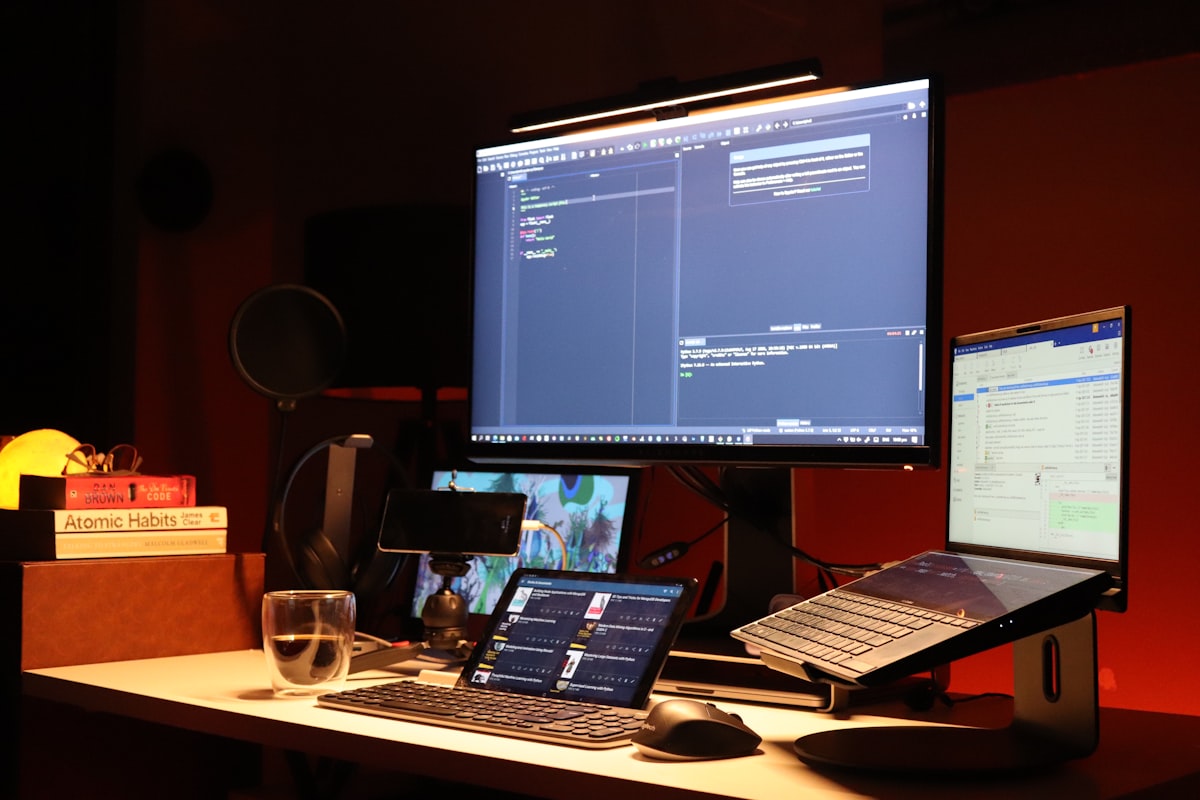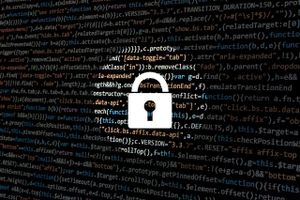Cloud-based financial services, although offering scalability and accessibility, introduce a new layer of complexity for fintech brands.
In the realm of cybersecurity, creating a secure and resilient platform is akin to mastering a grand piano. Just as a piano consists of thousands of intricate parts, cybersecurity demands meticulous attention to detail. And just as a pianist practices patience and discipline to craft harmonious melodies, cybersecurity professionals must cultivate these traits to navigate the challenges effectively.
According to the Verizon 2021 Data Breach Investigations Report, cyberattacks often exploit system vulnerabilities. Just as every note in a piano requires careful tuning, each aspect of a cybersecurity platform needs vigilant oversight to prevent exploitation.
The analogy extends to the necessity of automation in both disciplines. Automation can be a force multiplier in cybersecurity, just as it streamlines the piano-tuning process. Implementing automation tools that proactively identify and mitigate potential threats ensures a vigilant stance against emerging challenges.
System Complexity and Compatibility
In a parallel to the intricate interplay of piano notes, financial institutions navigate complex systems and compatibility concerns. The interconnectedness of global branches, headquarters, and systems is both a strength and a vulnerability. According to Accenture's 2021 Banking Cybersecurity Pulse Survey, 73% of financial institutions acknowledge that cybersecurity gaps arise due to incompatible systems.
Furthermore, cloud-based financial services, although offering scalability and accessibility, introduce a new layer of complexity.
The sheer volume of data they handle makes them prime targets for cyberattacks. According to IBM's 2021 Cost of a Data Breach Report, the financial industry suffers the highest average cost of a data breach ($5.72 million). This underscores the necessity for robust security measures tailored to cloud-based environments.
Continuous Monitoring
Continuous monitoring is the heartbeat of effective cybersecurity. Just as a pianist listens attentively to each note's resonance, real-time monitoring enables swift threat detection. According to the 2020 Data Breach Investigations Report by Verizon, 81% of data breaches took weeks or more to discover. This emphasizes the need for proactive vigilance.
Implementing threat intelligence and incident response protocols, as indicated by the Center for Internet Security's Critical Security Controls, enables rapid detection and response. This proactive approach limits the potential damage from cyberattacks, maintaining operational integrity.
Malware Attacks
Malware attacks, analogous to discordant notes in a piano piece, disrupt the harmonious rhythm of cybersecurity. The evolving nature of malware complicates detection. The 2021 SonicWall Cyber Threat Report recorded a 62% year-on-year increase in global malware attacks, emphasizing the urgency of robust defence mechanisms.

The dynamic nature of malware's entry points is highlighted by McAfee's Threat Report, which states that 91% of ransomware attacks in Q3 2020 exploited remote access vulnerabilities. This underscores the need for continually updated malware detection tools and real-time protection to counter evolving threats.
Managing Fintech Cybersecurity Risks
To navigate the ever-shifting landscape of cybersecurity, fintech companies must adopt a multifaceted approach:
- Strong Cybersecurity Measures: Financial institutions should implement robust cybersecurity measures, including encryption and access controls. The Cybersecurity Ventures 2021 Cybersecurity Market Report projects global spending on cybersecurity to exceed $1 trillion from 2017 to 2021.
- Third-Party Access: According to the Ponemon Institute's 2020 Third-Party Risk Management Study, 40% of data breaches were caused by third-party vendors. Vigilance in assessing third-party solutions is essential to prevent unauthorized access.
- Cryptocurrency Challenges: Cryptocurrencies introduce novel challenges. The 2021 CipherTrace Cryptocurrency Crime and Anti-Money Laundering Report highlights that losses due to cryptocurrency-related thefts and scams exceeded $1.9 billion in 2020.
- Identity Theft and Authentication: In an era of data breaches, robust authentication is critical. The IBM Security/Ponemon Institute 2020 Cost of a Data Breach Report states that compromised credentials are the most expensive breach type, highlighting the need for multifaceted authentication methods.
- Secured Digital Platforms: With online banking's rise, securing customer devices is paramount. According to the RBI's Financial Stability Report (2021), cybersecurity incidents in banks increased by 20%. Robust antivirus software and secure browsing practices are pivotal in maintaining customer security.
Internal Information System: Proprietary Knowledge Base
Like a pianist honing their skills, constructing an internal knowledge base in cybersecurity requires meticulous design. This approach aims to replicate human expertise, ensuring accuracy in responses. Just as pianists focus on delivering the right notes, knowledge-based systems prioritize delivering accurate solutions.
The significance of uncertainty management, echoed in the 2021 IEEE Conference on Cognitive and Computational Aspects of Situation Management, underlines the importance of handling incomplete information effectively. Just as a pianist interprets nuanced musical passages, cybersecurity professionals must navigate complex data landscapes.
Balancing Security and User Experience: A Harmonious Composition
The balance between security and user experience is as intricate as a well-composed piano piece. A harmonious balance necessitates stringent security measures while delivering intuitive user interfaces. The Global State of Cybersecurity in Small and Medium-Sized Businesses highlights that 58% of SMBs reported cyberattacks in the last year, emphasizing the ongoing threat.
Employee Training and Compliance
Regular training, akin to piano practice, refines skills and enhances awareness. According to Accenture's 2019 State of Cyber Resilience report, 79% of surveyed companies experienced an attack that could have been prevented with proper training. Ensuring adherence to regulatory standards, such as the RBI's Cyber Security Framework in India, bolsters cybersecurity strategies.
Leveraging Automation and Collaboration
Strategic automation's role is parallel to sheet music in piano performance—it guides and streamlines processes. Automation minimizes manual errors, corroborated by the IBM Institute for Business Value report stating that organizations with mature automation strategies experienced fewer breaches.
Sharing threat intelligence and participating in forums like the Financial Services Information Sharing and Analysis Center (FS-ISAC) enables the fintech industry to collectively identify and counter potential threats.
In the orchestration of cybersecurity practices, fintech organizations can create harmonious and secure digital environments. Just as a pianist refines their technique through diligent practice, so too can fintech professionals refine their cybersecurity strategies to navigate the ever-evolving threat landscape.









